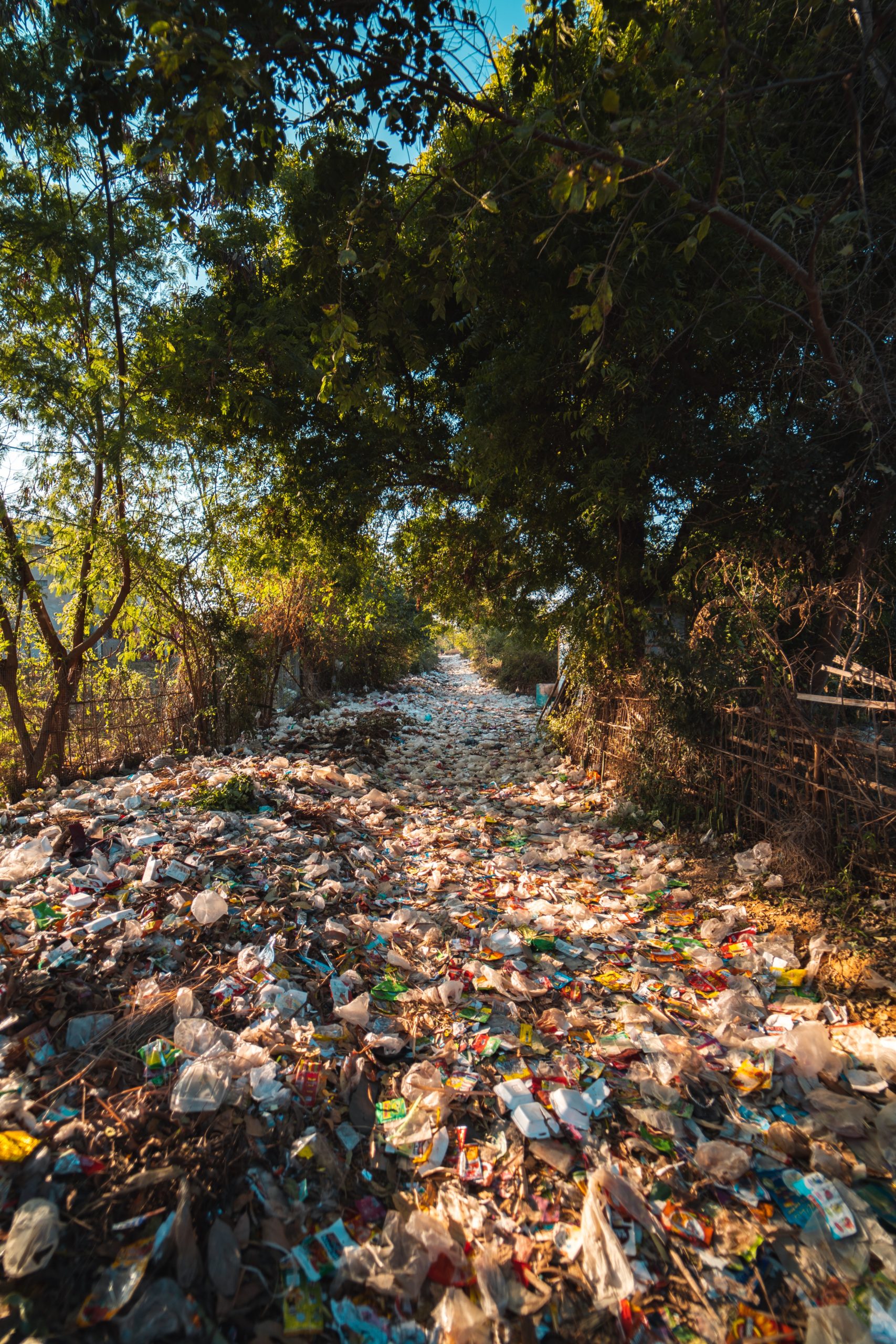Just Do it: Detox Your Life from Plastic! (Part Two)
While “we” wait for “them” to solve the problem, it’s time for “us” to realize that WE are a big part of that problem – that is, as long as we continue to buy everything plastic. Consumers do have purchasing power. And it’s time to, as the cliché advises, “Put your money where your mouth is.”
Here is a list of things you can do, starting today:
- SPEAK UP!
- Ask older friends or relatives, “what did you used to do, before the age of plastic?” Going back to the way things were done in the past is sometimes the wisest solution.
- Buy products that are packaged in cardboard, paper, glass, or metal. Some brands of soap come wrapped in paper or thin cardboard boxes. Some pastas, as well.
- Stop buying single-use plastics in any form. That means plastic sandwich bags, freezer bags, garbage bags. If you must, buy the biodegradable ones.
- If the item only comes in a plastic bottle, buy the gallon-sized container and repurpose it.
- Buy in bulk. Many grocery stores sell foods in bulk; find a store near you and shop there. And, bring your own bags and containers to use.
- Buy cheeses and lunchmeat by the ounce or pound in the deli section. Bring your own containers to put them in – and insist on doing so, no matter what the server tells you.
- Find out which neighbors and friends have cottage industries in their kitchens. Buy your bread, yogurt, and other foods from them. And don’t forget to bring your own bags and containers to put them in.
- Break the habit of buying another pair of sunglasses or other item you really don’t need, “just because” you thought it was nicer than the one you already have. Impulse items are most likely made from plastic, which—now you know—will not be recycled when you break them or get tired of them.
- Purchase only clothing made from real materials: cotton, wool, linen, bamboo, and hemp. Sure, these fabrics are more expensive–because they last. The synthetic fabrics in our clothing are actually forms of plastic: if it’s cheap, it’s probably plastic (with the exception of the expensive, extreme-weather clothing, such as Gortex).
- Do your research. Find out which producers are environmentally responsible, and buy their products even if they cost a few pennies more than the cheap plastic ones.
While we gradually reduce our dependence on plastic, we can increase our consumption of products that are sold in plastic-free packaging or refillable containers.
Resources:
A growing number of producers have been experimenting with selling their products in refillable containers. Items such as shampoo, soap, milk, water, oats, even Colgate mouthwash, are sold either by a “deposit and return” plan, or some other way for consumers to return the container for refill. See article here: https://planetrenu.com/blogs/news/25-major-brands-commit-to-selling-products-in-refillable-containers
More and more producers are using alternative, plastic-free packaging: https://foodtank.com/news/2022/04/these-companies-are-ditching-plastic-packaging/
Another alternative is to buy new products only from companies that use recycled plastic. Some name-brand items really are made from recycled plastics: https://manufacturingdigital.com/procurement-and-supply-chain/top-10-companies-using-recycled-materials-in-manufacturing.


